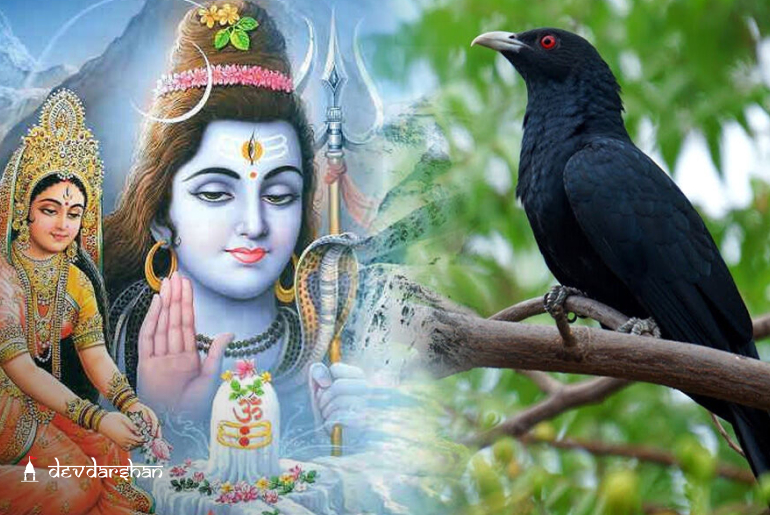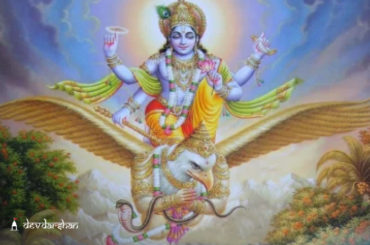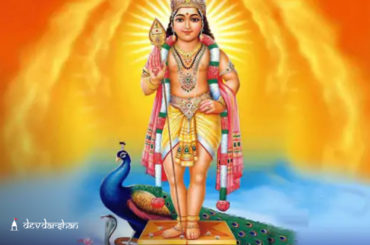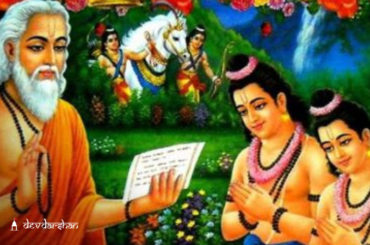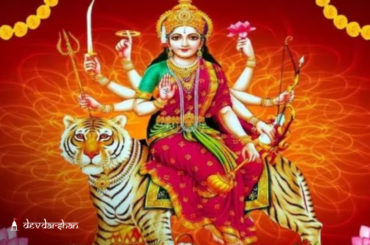Kokila Vrat is a sacred observance that takes place on Ashadha Purnima, the full moon day in the Hindu month of Ashadha. It is believed that Kokila Vrat should be observed in years when the month of Ashadha extends to two months due to the presence of an extra month known as Adhik Maas. This belief is particularly prevalent in the northern parts of India. However, in other regions such as the south and west, Kokila Vrat is observed annually.
The vrat is dedicated to Goddess Sati and Lord Shiva. The name ‘Kokila’ refers to the Indian bird known as the ‘Cuckoo’, which is associated with Goddess Sati. According to the legends surrounding Kokila Vrat, Goddess Sati immolated herself after her father, Prajapati Daksha, insulted Lord Shiva. As a result of this self-immolation, she was cursed to spend 1000 divine years as a cuckoo before regaining her original form and merging with Lord Shiva.
Kokila Vrat is primarily observed by women. On the day of Ashadha Purnima, they wake up early in the morning and bathe in nearby rivers or ponds. Afterward, they create a clay idol of a cuckoo and worship it while observing the vrat. Additionally, in certain regions of India, some women undertake a month-long fast from Ashadha Purnima to Shravan Purnima as part of their Kokila Vrat observance.
So, let’s get to know more about the Date, Rituals and Significance of Kokila Vrat 2023.
Kokila Vrat 2023: Date, Muhurat and Timings
This year, Kokila Vrat will be observed on Sunday, July 2, 2023.
- Purnima Tithi Starts: 08:21 p.m on July 02, 2023
- Purnima Tithi Ends: 05:08 p.m on July 03, 2023
Significance of Kokila Vrat
The Kokila Vrat holds significance for women across the country, as mentioned earlier, and is observed on Ashadha Purnima. It is believed that fasting on this auspicious day helps protect their marital life and brings long-lasting harmony. By observing this vrat, women seek blessings of prosperity, good fortune, and wealth.
Unmarried women attach great importance to the Kokila Vrat as well. It is believed that those desiring a good husband should undertake this fast and worship the idol of the cuckoo bird, seeking the blessings of Goddess Parvati. Furthermore, it is believed that observing this vrat can help women overcome various doshas that may hinder their married life, such as the Manglik or Bhauma dosha.
Also Read: Significance of Mangal Gauri Vrat 2023
Kokila Vrat 2023 Puja Rituals
The Kokila Vrat commences on the day of Ashadha Purnima. To observe this vrat, women who are fasting wake up before sunrise during the Brahma Muhurta and strive to complete their daily routines and household chores as early as possible.
They begin by taking a bath using a mixture of amla pulp and water. This bathing ritual continues for the next eight to ten days. After bathing, the fast begins with the worship of Suryadev using a thick paste of gram flour.
Following the worship of Suryadev, the first roti (bread) of the day is offered to the sacred cows, as they hold a significant place in Hindu mythology.
Continuing their devotion, the women worship the idol of the cuckoo bird, which symbolizes Goddess Parvati, for the next eight days. They use turmeric, sandalwood, kumkum (vermilion), rice, and Gangajal (water from the River Ganges) during worship.
The devotees observe the fast until sunset and conclude it by listening to the Kokila Vrat Katha (narrative). It is considered highly auspicious to complete the fast while witnessing the presence or hearing the sound of a cuckoo bird.
Throughout the fasting period, women are expected to practice celibacy, maintain a calm state of mind, and refrain from harboring any negative or malicious thoughts toward anyone.
Also Read: How to perform Hariyali Teej Rituals for blissful married life
Mythological Legends Behind Kokila Vrat
Prajapati Daksha organized a grand yagya to which he invited all the gods except his son-in-law, Lord Shiva. When Sati, Lord Shiva’s wife, learned about this, she expressed her desire to meet her father. However, Lord Shiva, not being invited, declined to go. Despite his refusal, Sati insisted on visiting her maternal home where the yagya was taking place.
Upon her arrival, Sati was met with disrespect and insult from her relatives. Overwhelmed by the humiliation, she decided to end her life and jumped into the sacred fire pit of the yagya. News of Sati’s demise reached Lord Shiva, who was consumed by grief, rage and anger. He ordered his fierce attendant, Veer Bhadra, to punish Prajapati Daksha.
In an attempt to pacify the situation, Lord Vishnu intervened and tried to calm Lord Shiva’s fury. Eventually, Lord Shiva’s anger subsided, but he cursed Sati, who had defied his orders, to wander as a Nightingale for ten thousand years. Sati lived in the Nandan forest for ten thousand years in the form of a Nightingale.
Afterward, upon the birth of Parvati, Sati was reborn as Lord Shiva’s wife. To reunite with her beloved husband, Parvati observed a month-long fast during the month of Ashada. As a result of her devotion and penance, Lord Shiva accepted her as his wife once again.
Also Find: How to Perform Lord Shiva’s Puja to seek his blessings?
Check out various Online Puja and services provided by DevDarshan here and get your bookings done in one click. If you want to know more about Indian culture, Indian Temples, Pujas and festivals, then download the DevDarshan App. Don’t forget to share this blog if you liked.

